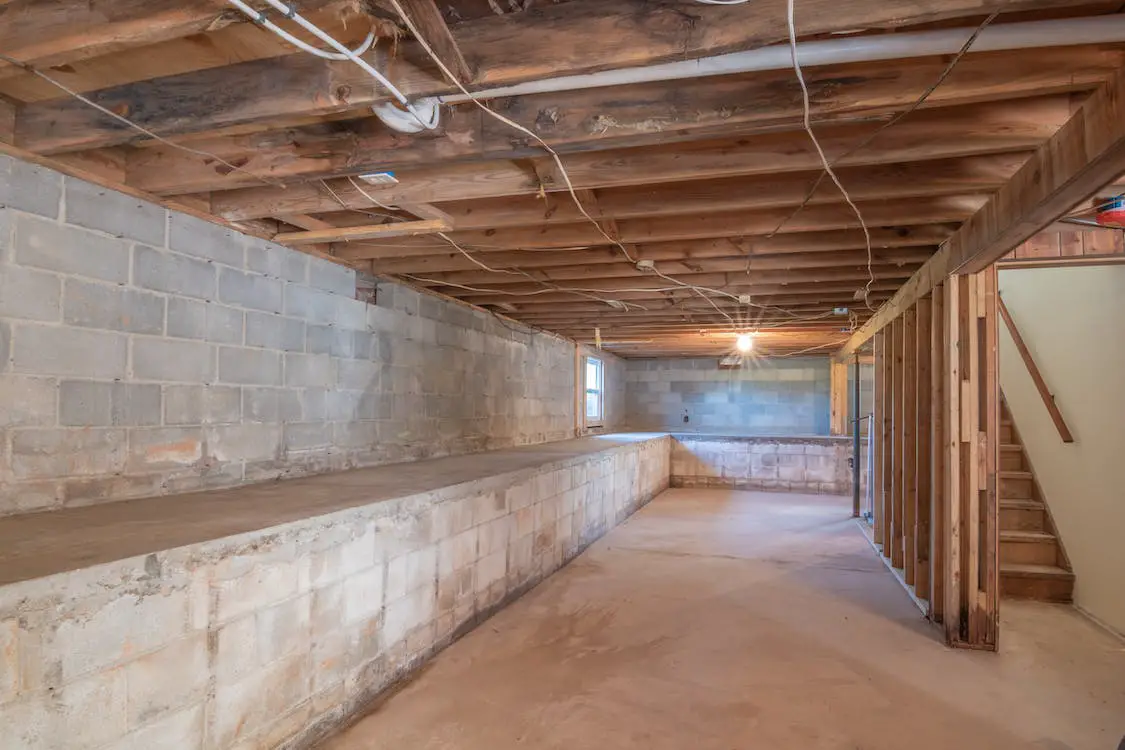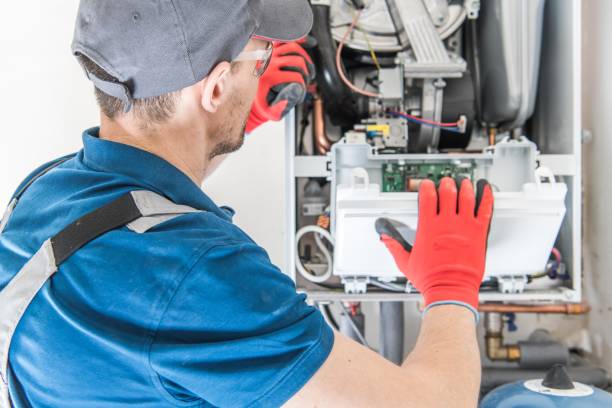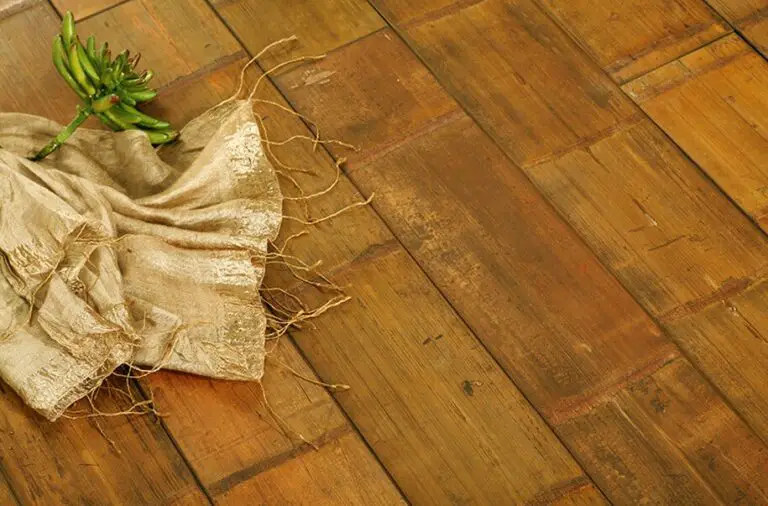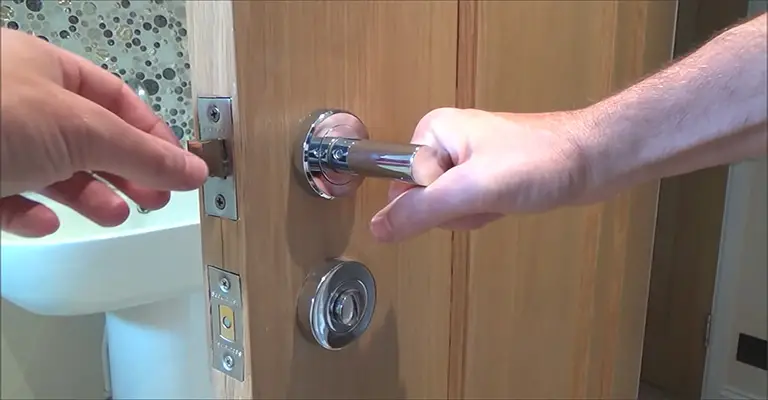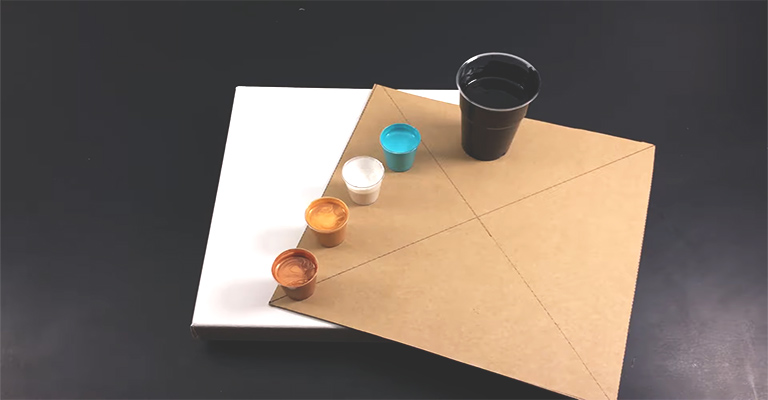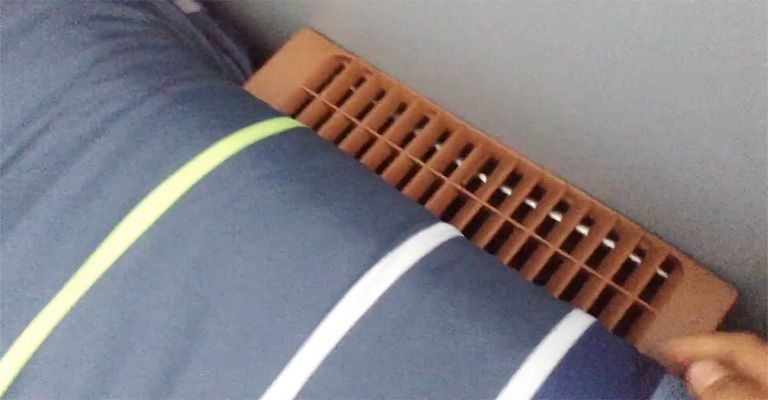Insulating Basement Walls for Energy Efficiency and Comfort
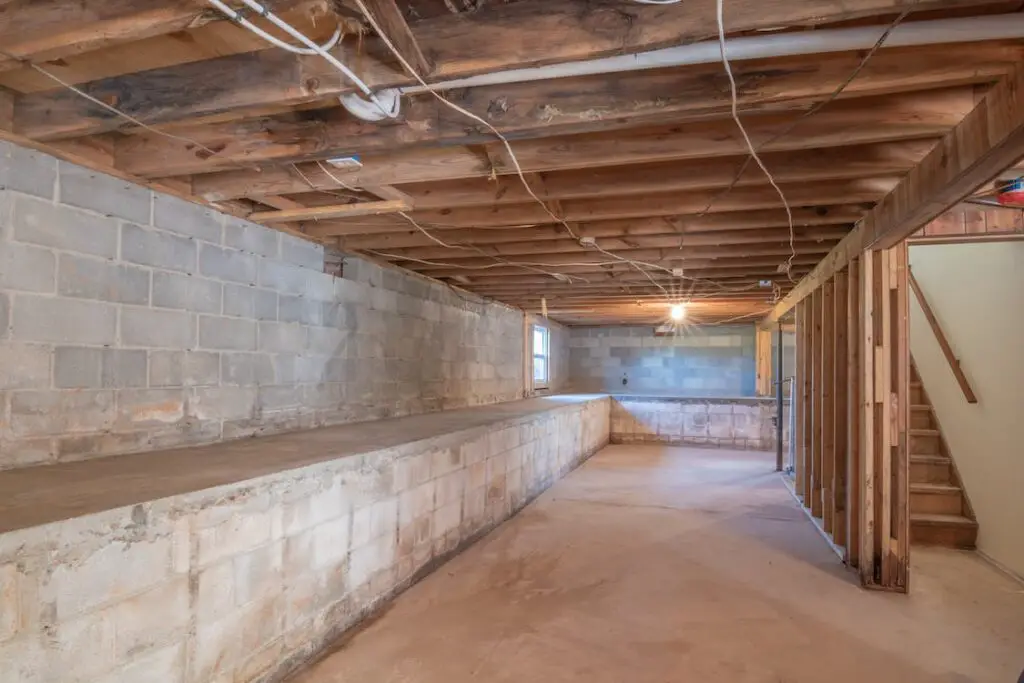
Are you tired of freezing floors, high energy bills, and a chilly basement? Insulating basement walls is the answer to your problems. Basement insulation is essential for maintaining a comfortable living environment, reducing energy costs, and preventing moisture-related issues.
In this comprehensive guide, we will discuss the importance of insulating basement walls, the different materials available, and the best techniques to ensure optimal insulation. This information will help you make informed decisions for your home improvement project and achieve a warm, cozy, and energy-efficient basement.
Why Insulate Basement Walls?
Closed Cell Spray Foam
1. Improved energy efficiency
Insulating basement walls effectively reduces heat loss through the foundation, leading to lower energy bills and a reduced carbon footprint.
2. Enhanced comfort
Insulation provides a thermal barrier, resulting in a warmer and more comfortable basement. This increases the usability of your basement, transforming it into a functional living space.
3. Moisture control
Proper insulation prevents condensation on basement walls, reducing the risk of mold and mildew growth.
4. Reduced noise
Insulating materials act as a sound barrier, minimizing the transfer of noise between floors.
Types of Basement Wall Insulation
Foundation Wall and Concrete Wall
There are several options for insulating basement walls, each with unique properties and advantages. Below are the most common materials used for this purpose:
1. Rigid foam insulation
Made from polystyrene, polyisocyanurate, or extruded polystyrene, rigid foam insulation is lightweight, easy to install, and offers high R-values (thermal resistance) per inch. It is also water-resistant, making it ideal for basements with moisture concerns.
2. Fiberglass batts
Fiberglass insulation comes in rolls or pre-cut batts and is a cost-effective solution for insulating basement walls. However, it is crucial to install a vapor barrier to prevent moisture from compromising the insulation.
3. Spray foam insulation
Spray foam is an excellent choice for basement insulation due to its air-sealing and insulating properties. It is available in two types: open-cell and closed-cell, with the latter being more moisture-resistant and offering higher R-values.
4. Mineral wool
Also known as rock wool or slag wool, mineral wool insulation is made from natural materials and is fire-resistant, soundproof, and water-repellent. It is available in batts or loose-fill form and can be used in combination with other insulation types.
5. Insulating concrete forms (ICFs)
ICFs are hollow blocks made of rigid foam insulation, filled with reinforced concrete. This type of insulation provides excellent thermal resistance and structural strength, making it suitable for new construction or major renovations.
Best Practices for Insulating Basement Walls
Interior Wall Insulation
To ensure the success of your basement insulation project, follow these best practices:
Address moisture issues
Before insulating, inspect your basement for any water leaks or moisture problems. Repair any foundation cracks and ensure proper drainage around your home.
Choose the right insulation material
Consider factors such as R-value, moisture resistance, and ease of installation when selecting insulation materials. Consult a professional if you are unsure about the best option for your specific needs.
Install a vapor barrier
Installing a vapor barrier is crucial when using fiberglass batts or mineral wool insulation. This prevents moisture from reaching the insulation, ensuring its effectiveness and longevity.
Seal air gaps
Use caulk or expanding foam to seal any gaps or cracks around windows, doors, and utility penetrations. This prevents drafts and enhances the overall insulation performance.
Insulate rim joists
The rim joist is the area where the basement walls meet the floor framing. Insulating this area with spray foam or rigid foam insulation helps prevent heat loss and air infiltration, further improving your basement’s energy efficiency and comfort.
Consider insulating the basement floor
While not always necessary, insulating the basement floor can further enhance energy efficiency and comfort. Rigid foam insulation or specialized subfloor panels are popular choices for this purpose.
Proper insulation installation
Ensure insulation is installed snugly, without gaps or compression, as this can compromise its effectiveness. Hiring a professional installer can ensure the job is done correctly and safely, especially when working with spray foam insulation.
Check local building codes
Consult your local building codes for specific requirements regarding insulation materials and techniques, as well as any necessary permits for your project.
Conclusion
Concrete Floor and Concrete Walls
Insulating basement walls is a crucial step in creating an energy-efficient and comfortable living space. By choosing the appropriate insulation material and adhering to best practices, you can reduce energy costs, increase comfort, and prevent moisture-related issues. This comprehensive guide has provided valuable information to help you make informed decisions for your basement insulation project. With the right approach, you can transform your basement into a cozy, functional, and energy-efficient space that your family will enjoy for years to come.

